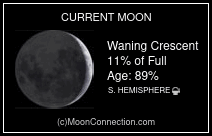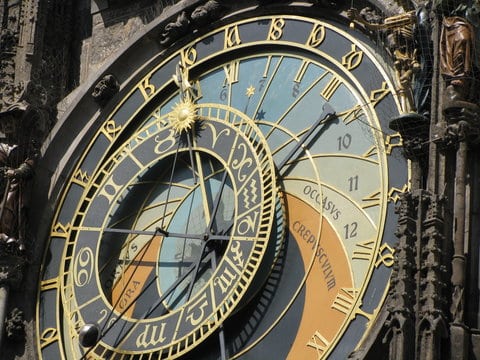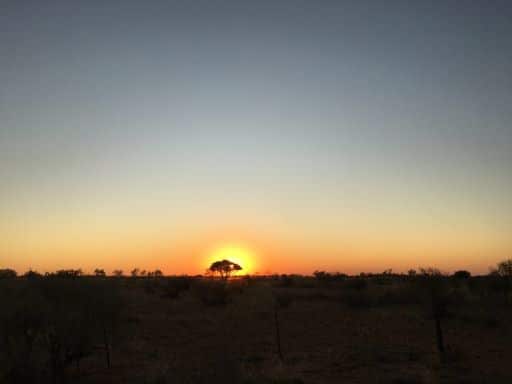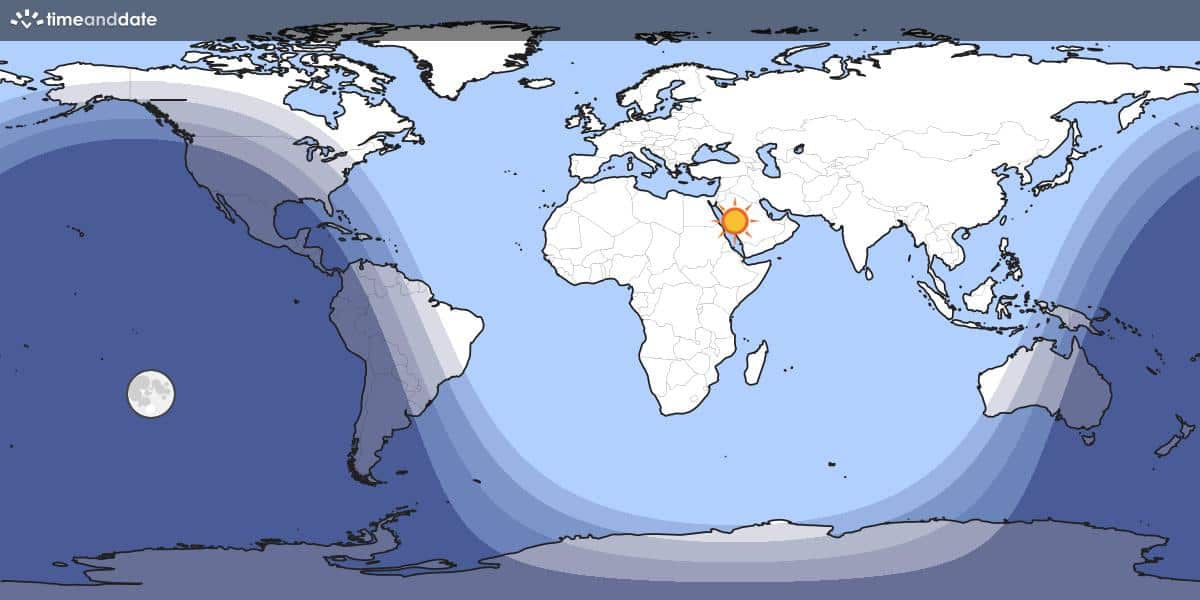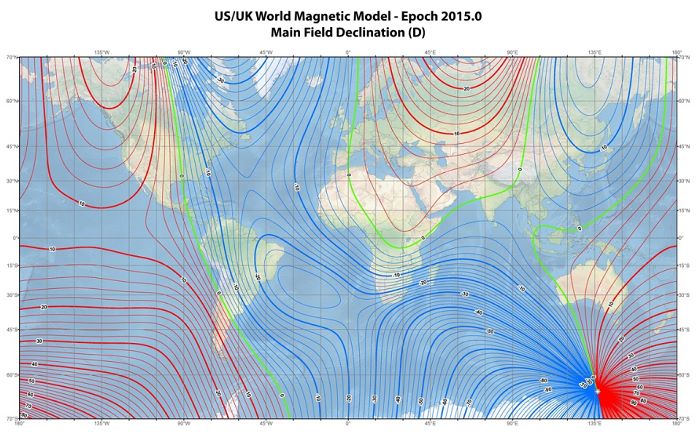LMC 4 & LMC 5 Impact Zone
Steve Gottlieb’s Observations
NGC 1948 = ESO 085-85 = S-L 458 = LMC-N48 = LH 52
05 25 46 -66 15 51; Dor
V = 10.6; Size 8′
24″ (4/11/08 – Magellan Observatory, Australia): this is a large, well-resolved star cloud (stellar association LH 52) and emission nebula. The richest section is ~8′ diameter, with a roughly diamond shape. Approximately 60 stars were resolved at 260x over haze. A fairly large, nebulous knot (N48B) was visible on the SW side, ~1.2′ diameter, and it responded well to a UHC filter. A couple of other very small knots or clumps of stars were visible at the center (N48A and N48C).
Two parallel streams of stars and unresolved haze (roughly 3′ apart) extend SSW from NGC 1948 through NGC 1946 to NGC 1945. The western string was brighter, consisting of a number of mag 12-14 stars along on a background of unresolved glow (stars and/or nebulosity) extending at least 10′. These objects are located on the W side of the huge LMC-4 Superbubble.
13.1″ (2/20/04 – Costa Rica): at 105x this is a fairly large star group in the LMC. Over a dozen mag 12-13 stars were resolved in a triangular group, ~6′ diameter, over unresolved background haze and nebulosity. NGC 1978, a bright “blue globular”, lies 18′ E.
Notes: James Dunlop discovered NGC 1948 = D 237 = h2856 on 6 Nov 1826. He recorded “a large faint nebula, irregular round figure; no central attraction, 3′ or 4′ diameter, not very well defined.” His position is about 6′ too far SW, and his size estimate (3′ or 4′) is appropriate. Glen Cozens suggests D 237 is possibly the emission nebula NGC 1945. It is located a similar distance SSW of Dunlop’s position but it appears too faint for Dunlop’s 9″ speculum reflector.
John Herschel independently discovered NGC 1948 on 3 Jan 1837 (sweep 761) and described “a rich, discrete cluster, class VII. Not much compressed to the middle; 10′ diameter, stars of 13th mag.”



